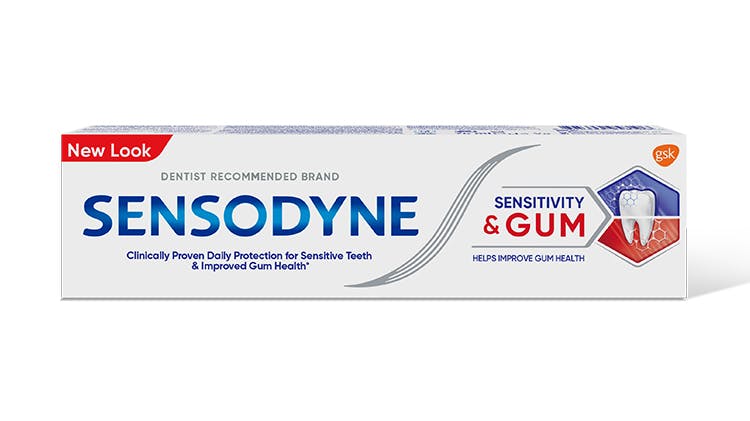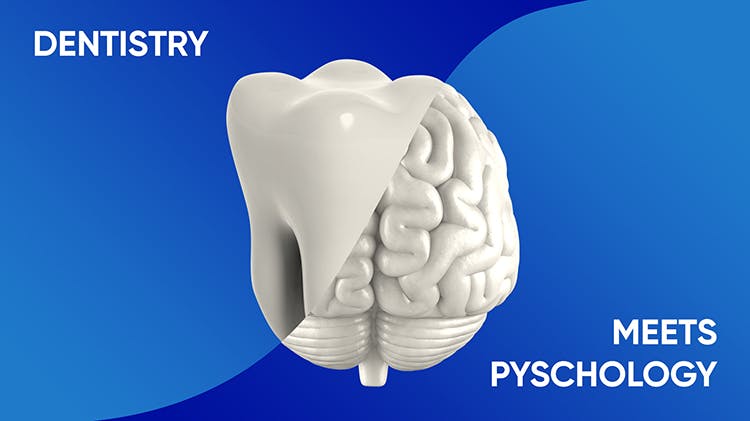The Relationship Between Dentine Hypersensitivity and Periodontal Disease

Dentine Hypersensitivity
Dentine Hypersensitivity is a common problem affecting a significantly large proportion of the adult population worldwide.1 It is a dental pain which is sharp in character and of short duration, arising from exposed dentine surfaces in response to stimuli, typically thermal, evaporative, tactile, osmotic, chemical or electrical and which cannot be ascribed to any other dental disease.2
Haleon commissioned a literature review of Dentine Hypersensitivity and Periodontal Disease in order to gain a better understanding of the link between the two conditions.
A total of 45 studies were identified globally between the years of 2000 to 2019.3-47 All were focused on examining the potential link between Dentine Hypersensitivity and overall Periodontal Disease, as well as the related epidemiology in a general or specific population.
A summary of the review’s findings can be found below.

Conclusion
Driving greater awareness of both Dentine Hypersensitivity and Periodontal Disease (including gingivitis) may help to improve gum health and oral health outcomes for patients.14
The effective diagnosis and treatment of Dentine Hypersensitivity may help patients conduct effective toothbrushing, and thereby help maintain the positive outcome/effectiveness of periodontal treatment.21,49
In both cases, the use of a dentine hypersensitivity toothpaste may be beneficial, and may aid long-term patient outcomes.48,49 It may also help with compliance, as patients often change their toothbrushing techniques to avoid affected areas.3
Sensodyne – Help your patients enjoy life without sensitivity




Psychology of sensitivity
Find out how you can change the lives of your dentine hypersensitivity patients.
Impact on patient quality of life
Find out about the impact dentine hypersensitivity has on patients’ daily lives.


